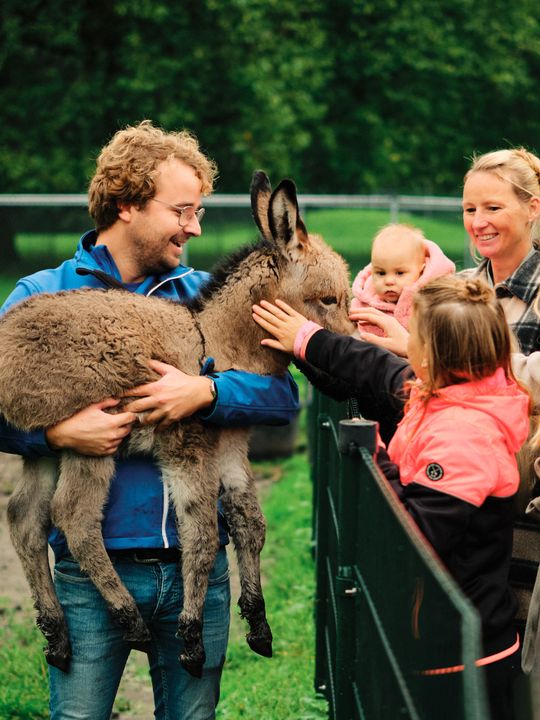This special 50-kilometre cycle tour takes you past plane wrecks in the Northeast Polder and tells the history of the reclamation of the Northeast Polder and World War II. Marker poles and information boards identify the sites of airplanes that crashed during the war.
'Wreck Route' cycling hubs: 75-37-87-20-13-18-27-93-48*-90-30-49-99-70-20-87-21-61-47-75
* The route will diverge from the cycling path network from cycling hub 48. Cycle to the end of the Muntweg and turn right onto the Kuinderweg. At the Marknesserweg roundabout you can resume following the cycling hubs.
This particular cycling route of around…
This special 50-kilometre cycle tour takes you past plane wrecks in the Northeast Polder and tells the history of the reclamation of the Northeast Polder and World War II. Marker poles and information boards identify the sites of airplanes that crashed during the war.
'Wreck Route' cycling hubs: 75-37-87-20-13-18-27-93-48*-90-30-49-99-70-20-87-21-61-47-75
* The route will diverge from the cycling path network from cycling hub 48. Cycle to the end of the Muntweg and turn right onto the Kuinderweg. At the Marknesserweg roundabout you can resume following the cycling hubs.
This particular cycling route of around 50 kilometres will take you past both aircraft and ship wrecks in Noordoostpolder, whilst also narrating the history of both Noordoostpolder and World War II. This tour forms a great combination with the 'Ship Wrecks' route.
The route runs from Schokland via Emmeloord to Luttelgeest. On the way you will see the aircraft wreck and the shipwreck identification poles. There is the commemorative bench at Harmen Vissersplein square, dedicated to the memory of both resistance fighters and those forced to spend the war in hiding in Emmeloord. You can also have a look at the monument located on the Lindeweg. However, if you want to visit the monument you will need to make a small detour from the route from the Marknesserweg onto the Lindeweg.
NOP is the abbreviation for Noordoostpolder. But during World War II the abbreviation took on an entirely different meaning, standing for 'Nederlands Onderduikers Paradijs', which roughly translates as a paradise for those in hiding. Approximately 20,000 people were secreted away in the polder during those years.


